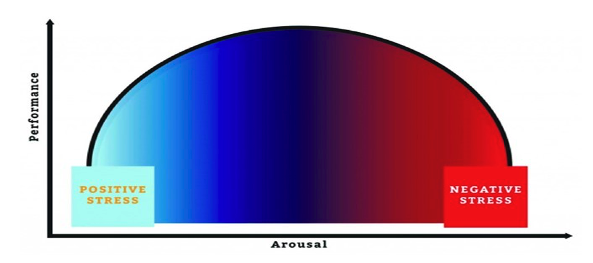The Art and Science of Good Stress/Bad Stress
Changing the way we think… about Stress.
Is there anything more pervasive than Stress? We all feel it. We all live with it. But we don’t really understand it. For example, when one hears the word Stress, there are any number of negative images, harmful connotations, and adverse overtones associated with it. But here’s the thing… Not ALL stress is bad! Stress serves a vital purpose in our lives. It motivates us. It energizes us. It even elevates our performance at times. And THAT, my friends, becomes a very important qualifier – “At times!”
So… when is stress beneficial, and when is it not? To what extent is stress a motivator and at what point does it become counter-productive? There is an Art and a Science in the answers to these questions.
Over the years, we have seen a wealth of advertising dollars spent in marketing products/services aimed at “Reducing Stress.” These media messages can’t help but have convinced our society of both the explicit and implicit message that Stress is something that needs to be reduced! However, can you imagine how thrilling it would be to watch a playoff hockey game between two sets of listless opponents, both with their stress levels reduced to a modicum? Ho hum. Not ALL stress is bad stress.
Stress is anything that causes you to burn energy to return to a state of balance. We call that balance Homeostasis. That’s where our bodies’ metabolic and nervous systems operate in synch and most efficiently. When we are not in synch our body spends energy to get back into that balance. The force that caused that imbalance is a Stress or a Stressor.
There is no readily identifiable borderline at which positive stress (Eustress) becomes negative (Distress). It was over a hundred years ago that the Law of Performance Pressure was published. Simply stated, it means that performance improves with arousal up to a point, and then declines beyond that midpoint. A representation of this curve looks very much like an upside-down U. Dr. Daniel Goleman used terminology such as “Disengagement” for the extreme left side of that curve, “Frazzle” at the far-right side, and “Flow” as the midpoint, or that point where energy spent = energy recovered.
The Science is there in the curve. The Art is in knowing where we are on that curve and what we need to do to achieve “Flow.”






Leave A Comment